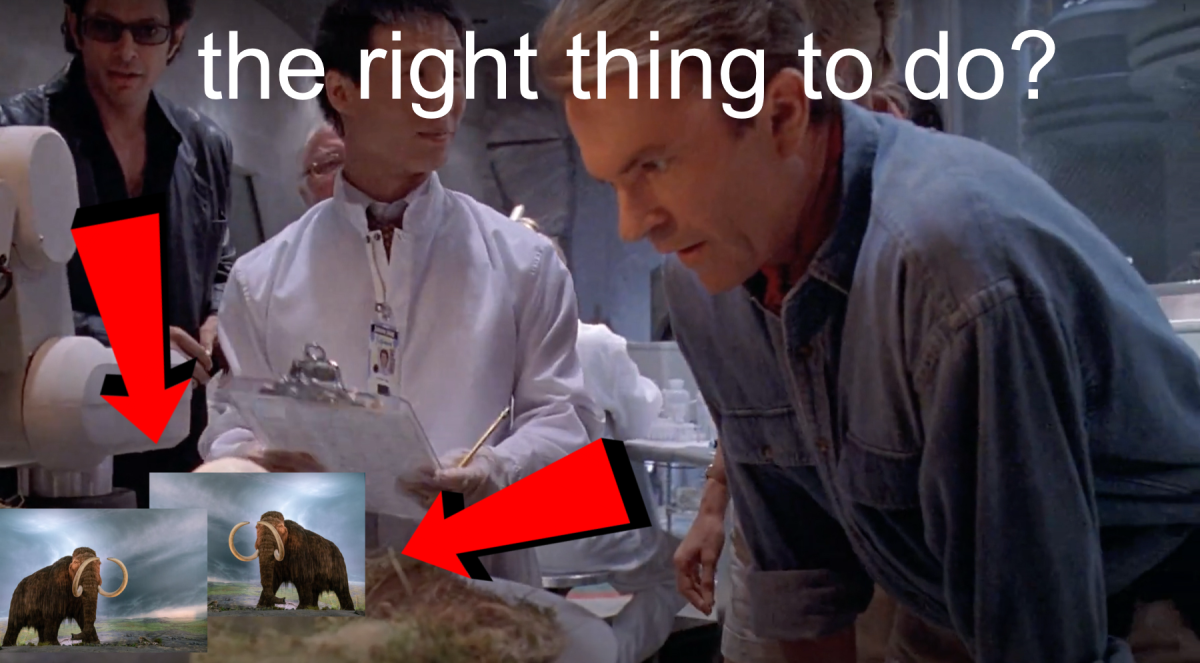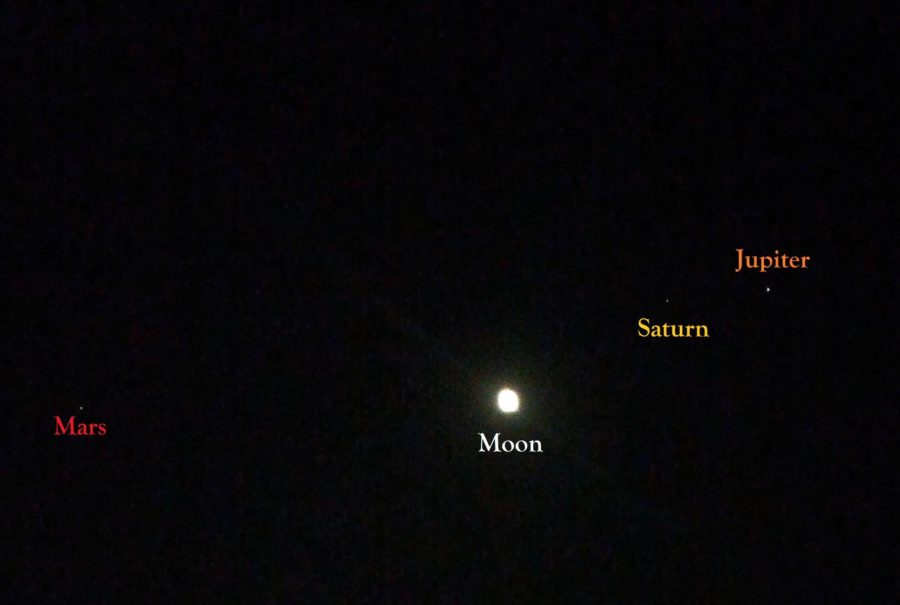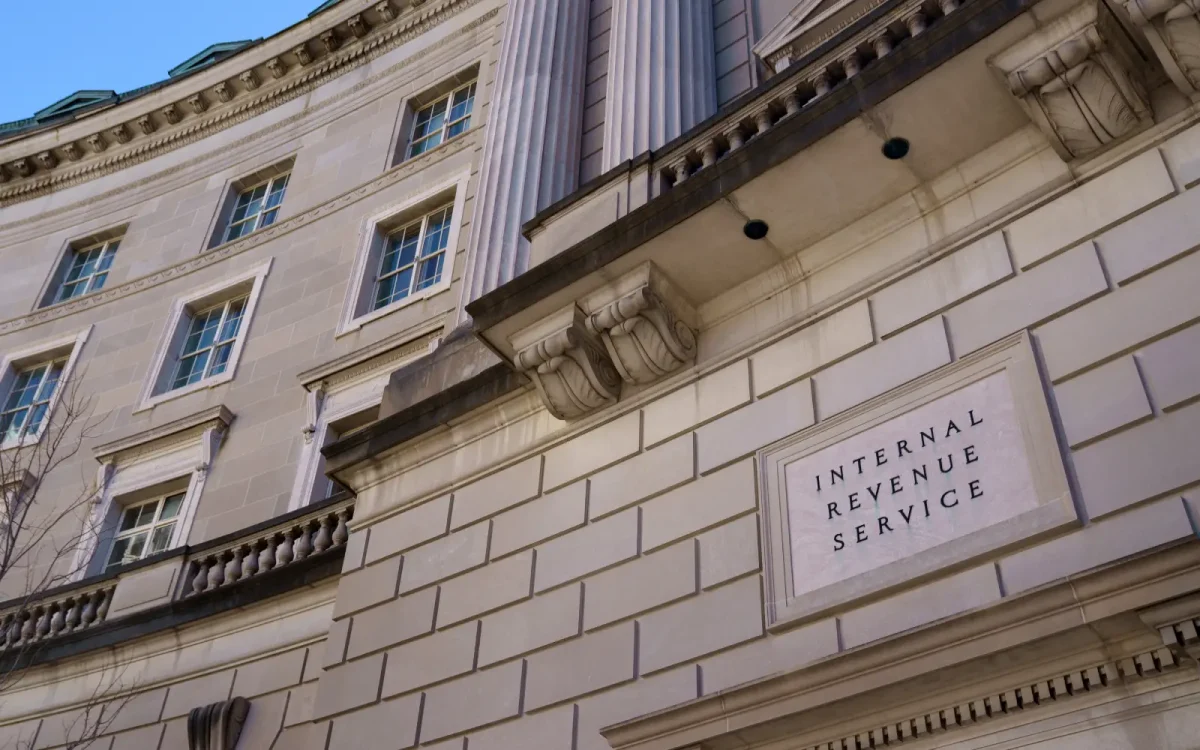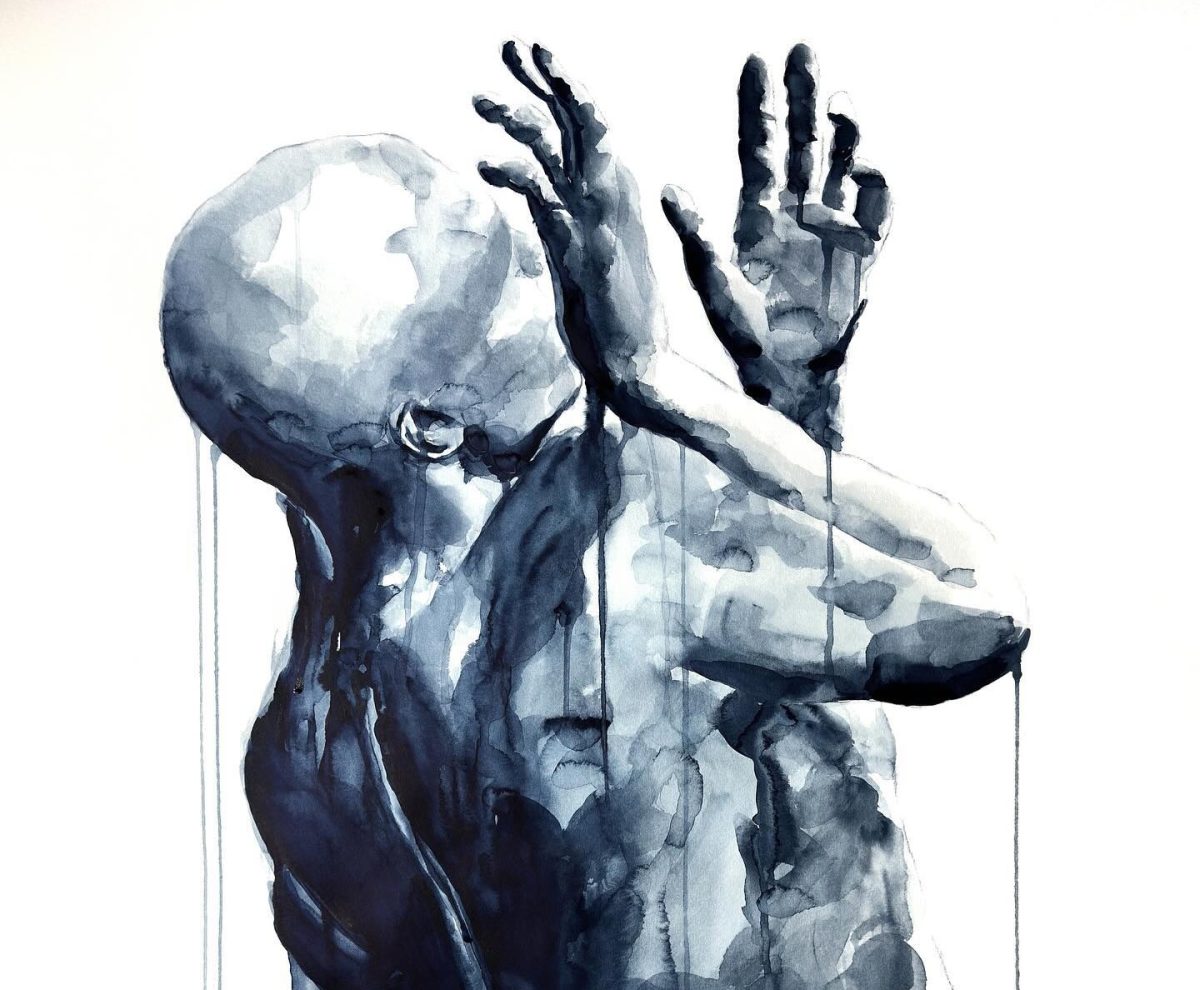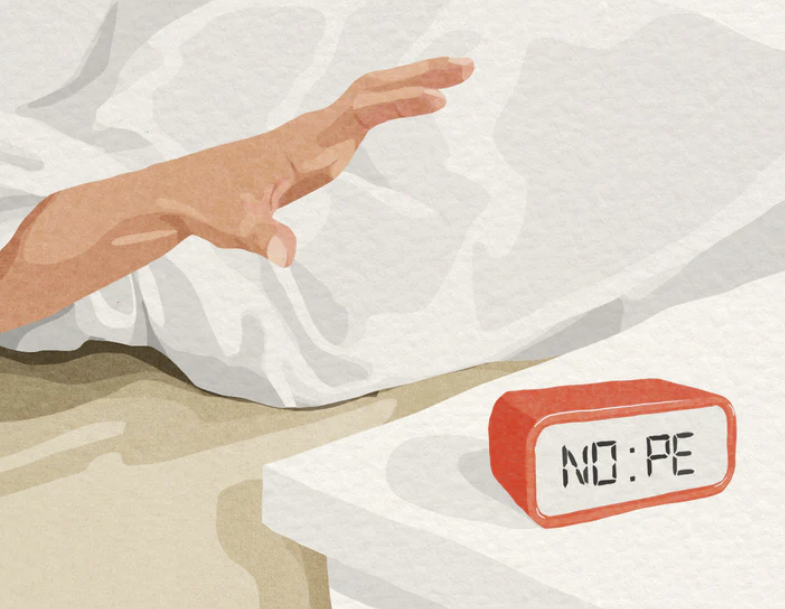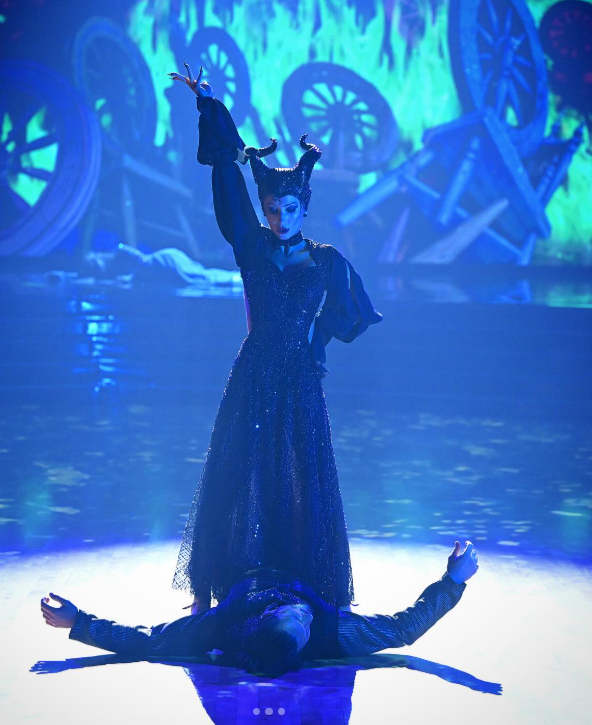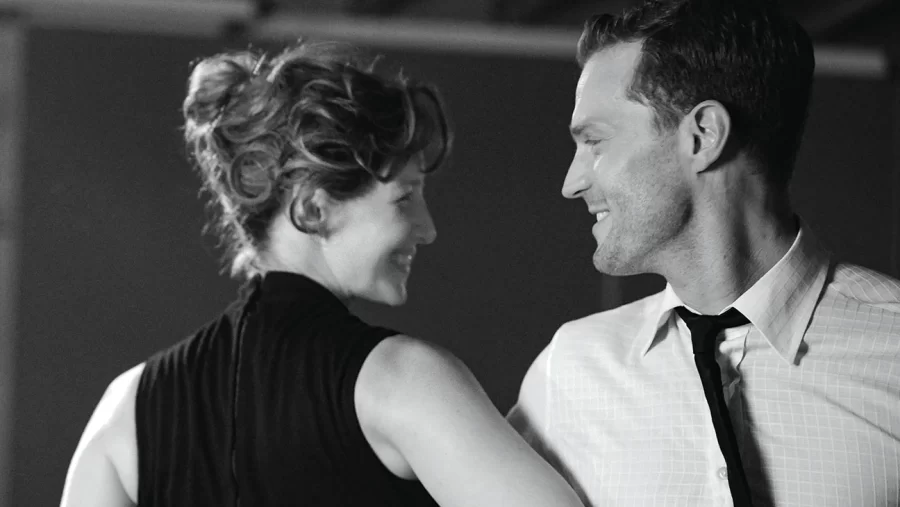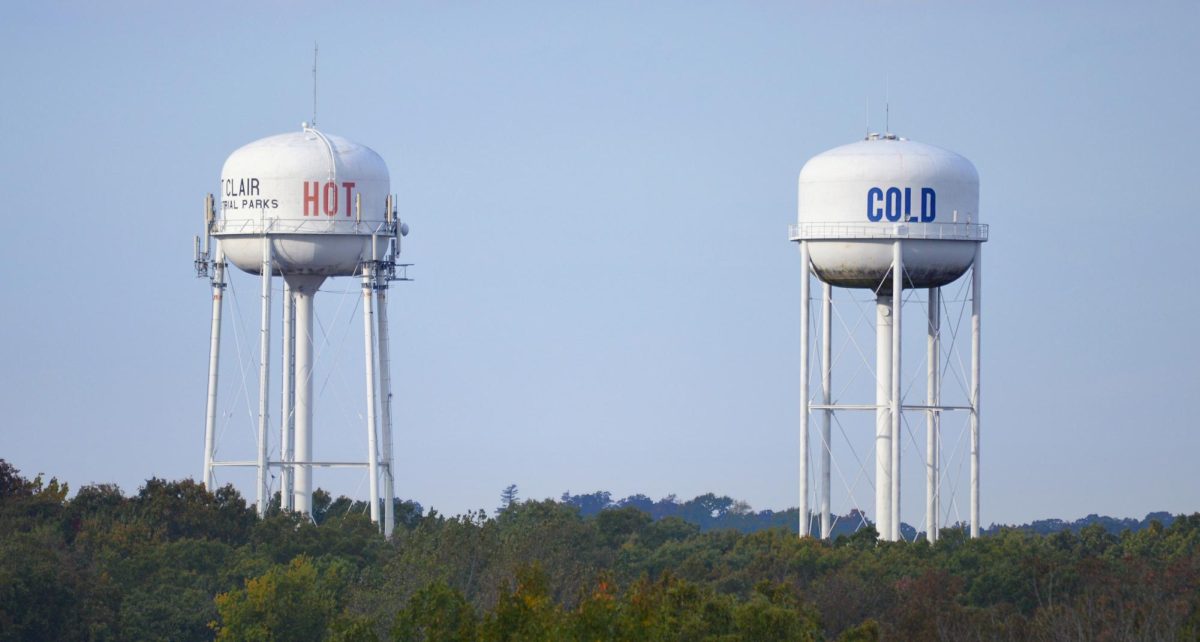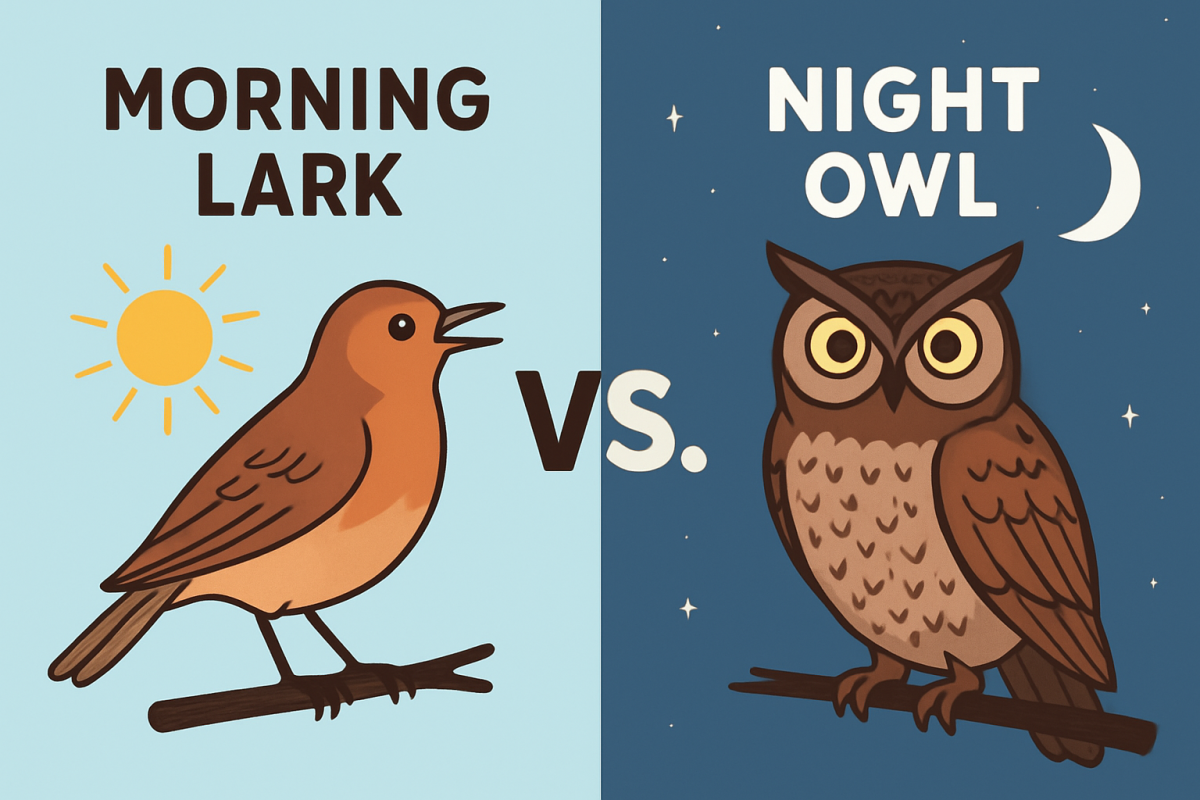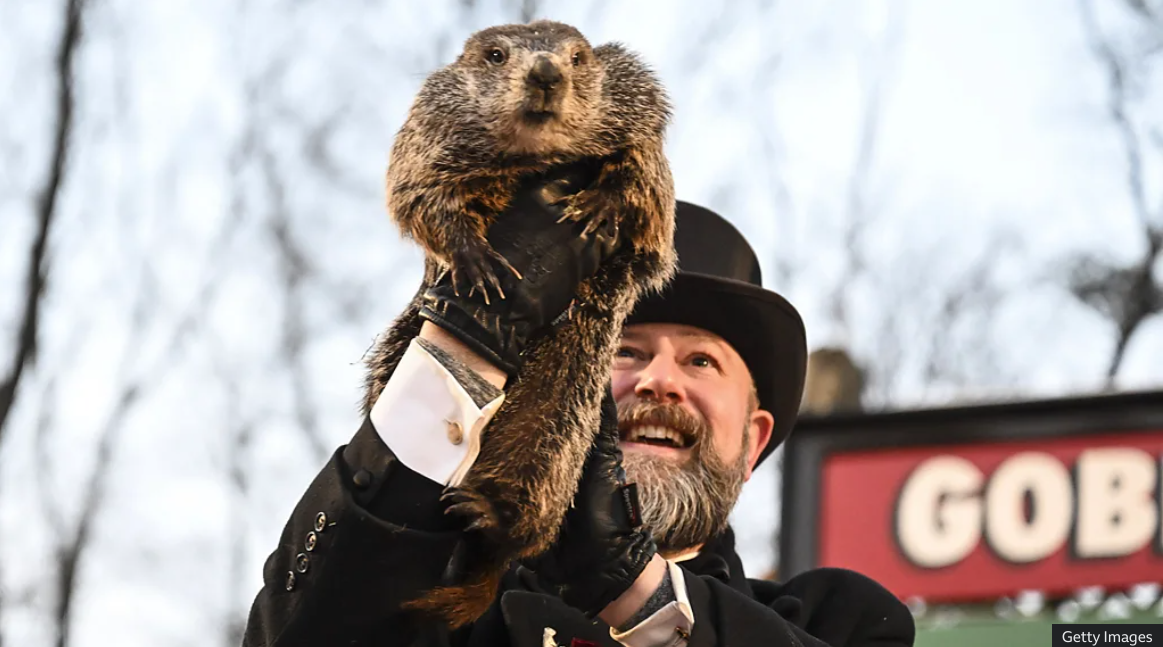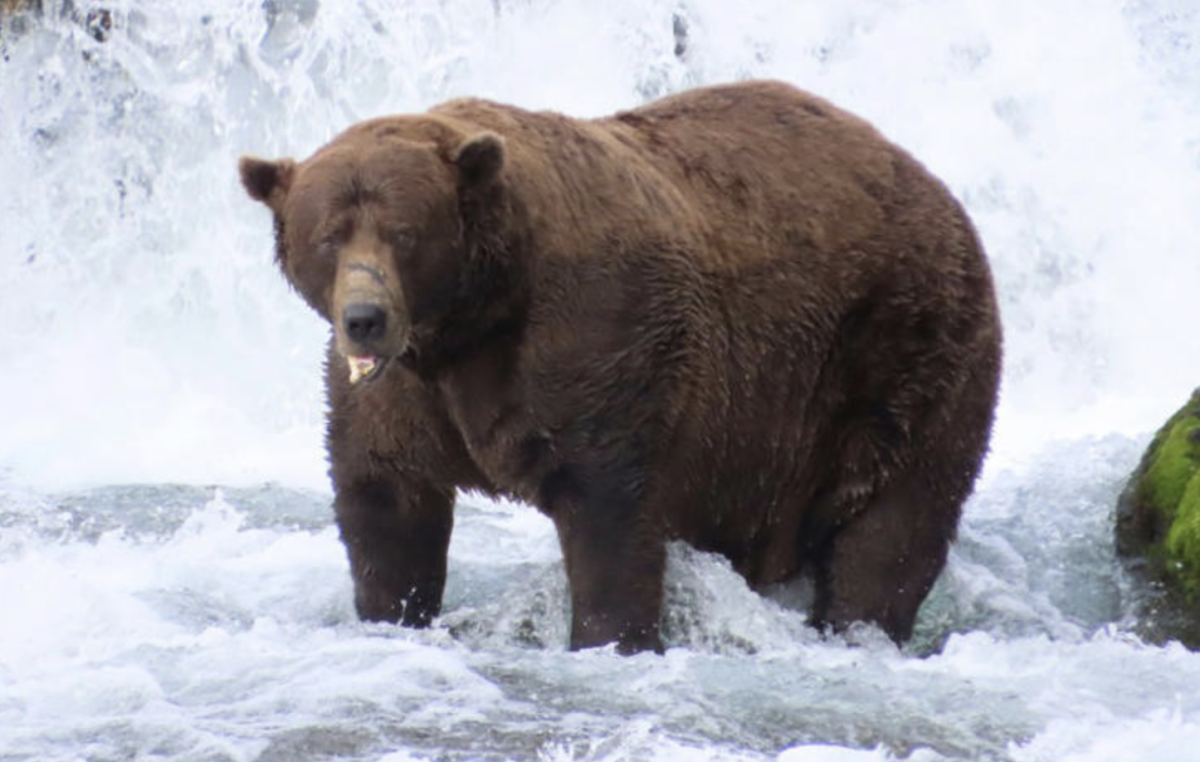As the cold winds blow and the gray skies stretch on, there’s a collective sense of longing for the warmth of spring. For many, the harsh chill of winter feels endless, and the promise of sunnier days is something to hold onto. So, as Groundhog Day approaches, anticipation builds. People, from the youngest to the oldest, find themselves sitting around, hoping and even praying that when the groundhog emerges from his burrow, he won’t see his shadow–signaling an early end to winter and the arrival of spring. It’s a moment where tradition and hope collide, offering a glimpse of sunshine in the midst of a long, cold season. Whether it’s the excitement of watching the ceremony or simply a wish for an early thaw, Groundhog Day has become a beacon of optimism in the heart of winter. After all, who doesn’t yearn for the chance to hang their winter jacket in the back of their closet?
Every year on February 2, people across the U.S. celebrate Groundhog Day, a tradition with origins rooted in ancient customs, folklore, and a deep connection to weather predictions. While it might seem like just a quirky holiday, Groundhog Day’s origins can be traced back to Candlemas Day, a christian tradition marking the midpoint of winter. According to Almanac, this day was considered an important indicator of what the coming weeks would bring, as it was believed that if the weather on Candlemas was fair and sunny, there would be six more weeks of winter. However, if it was cloudy, an early spring would be expected.
As time passed, this weather-predicting tradition evolved and became linked with animals, a practice that was passed down by German immigrants, particularly the Pennsylvania Dutch, who brought the belief with them to the United States in the 18th century. Originally, the Pennsylvania Dutch used hedgehogs as their animal of choice for weather predictions. However, upon arriving in America, they discovered that the region was home to an abundance of groundhogs, also known as woodchucks, which they quickly adopted as their new forecasting animal. According to the Liberty of Congress, if the groundhog emerges from its burrow and sees its shadow, there will be six more weeks of winter. If not, an early spring is expected.
History states that the first official Groundhog Day celebration took place in Punxsutawney, Pennsylvania in 1887. It was here that Punxsutawaney Phil, the now-famous groundhog, made his first weather prediction. Since that moment, the town Punxsutwaney has become the center of celebration, drawing thousands of visitors every year from across the country. The town and its resident groundhog have gained worldwide recognition, with millions tuning in to see if Phil will predict an early spring or a prolonged winter. This event is often accompanied by festivities, music, and community gatherings, further cementing the place Groundhog Day holds in American culture.
Over the years, Groundhog Day has grown from a practical weather forecast into a lighthearted and festive celebration. Despite the whimsical atmosphere, the accuracy of his forecast is often doubted. According to the Stormfax Almanac’s data, Phil’s six-week prognostications have been correct only about 39% of the time, which means the odds of his predictions being right are hardly better than random chance. However, this has not damped the sport of the tradition, and the event remains beloved by many–not necessarily for its accuracy but for the fun and community sport it fosters. People enjoy the spectacle, and the anticipation of Phil’s forecast, no matter how likely or unlikely it is to come true. Whether Phil predicts six more weeks of winter or an early spring, the event is a chance for people to come together, embrace the excitement, and celebrate the changing of the seasons.
Just last week, on Sunday, February 2, the much-anticipated Groundhog Day event took place, and much to the dismay of many, the prediction was an extra week of winter. For those who had hoped to enjoy outdoor walks, bike rides, and perhaps some early spring sunshine, the news of an extended winter was met with disappointment. It seems that the dream of a mild February and March has been postponed. The weather can often defy predictions, and there’s always hope that Phil’s forecast will be proven wrong. Perhaps an early spring will arrive after all, despite the shadow cast by the furry forecaster.










































